The bounty of harvest in agricultural production rests on all kinds of variables. There is no precision to predicting a crop’s yield or ending waste from the field to the table. However, advances in technology offer promising solutions to the agricultural industry’s issues.
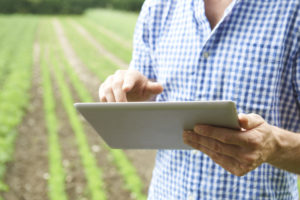 Agricultural technology or ag tech helps growers at all points along the food production process. First, by alerting farmers as to growing conditions. Then by monitoring crops and production processes. And by decreasing the time a product requires to get from picking to plate. Hope exists for fresher products with less waste.
Agricultural technology or ag tech helps growers at all points along the food production process. First, by alerting farmers as to growing conditions. Then by monitoring crops and production processes. And by decreasing the time a product requires to get from picking to plate. Hope exists for fresher products with less waste.
A Brief on Ag Tech
Weather proves extreme and unpredictable. Reduced immigration drives farm labor costs upward. Shortages of produce hurt the consumer and boost prices. According to CBInsights, these factors indicate a greater need to look at ag tech options. According to IBM, artificial intelligence (AI) breeds solutions which:
– Maximize overall farming potential
– Increase farm efficiency and safety while reducing human error
– Supplement the diminishing rural labor force
– Provide data to maximize return on crops
– Offer real-time assistance to farmers through chatbots
Agricultural technology is changing the landscape of the traditional farm. From planning the first till of dirt to putting food on the global kitchen table, technological advances pave the way to greater farm efficiency and better, fresher food sources.
Ag Tech at Work
The result? Increasing farm efficiency benefits both the grower and the consumer, and everyone in between. Software, drones, robotics and more support agricultural production in the field, at the farm and on the table.
In the Field
Likely the greatest area of variability in agriculture lies in the field. Weather, soil conditions, seed quality and more impact farm productivity from first thought. While getting around this requires lab-like conditions, ag tech sustains the traditional farm field as a viable and productive food source. A few ag tech examples in the field include the following:
– Sensors provide detailed data on soil quality, wind conditions, water availability, fertilizer needs and pest problems.
– GPS devices direct tractors, combines, and trucks for optimal usage.
– Drones scan fields and notify farmers of problems and crop ripeness.
– Technology even tracks nutrients and growth rates of individual plants.
– Ag tech options relieve the numbers required regarding human labor.
At the Farm
Once harvested, crops need care and packaging at the farm (and at times, outside it) to distribute food products to the consumer. Agricultural technology makes these processes quicker more efficient. With less waste and increased food integrity and freshness, a better product is delivered. A few ag tech examples at the farm include the following:
– Analytics move products through production more quickly to avoid spoilage.
– Data gathering software provides field maps by analyzing the best crops to plant given both sustainability and profitability.
– Autonomous truck delivery continues to whisper of promise.
On the Table
Changing dietary habits impact the foods on consumer plates and their expectations of food quality and nutrition. The landscape of culinary preferences leads to an increased need for agricultural technology solutions. After all, producers need to meet the demand to profit and succeed. A few ag tech examples on the table include the following:
– Traceability systems offer insight on products moving from the farm to the table and beyond.
– Sensors in packaging alert for spoilage.
– Software gives consumers recipes based on pantry items.
– Mini scanners provide access to ingredients and nutrient content of plated food.
The Changing Agricultural Scene
As technology advances, the farm looks less and less like it did in the days of dirty overalls and rough, callused hands. While a modern-day farmer may still enjoy digging his hands in the dirt, fully automated farms are on the rise.
With this trend, CBInsights suggests the future skill set of farmers may lean toward agronomy (the study of soil and crop production) and technology. Yes, the agricultural scene is changing dramatically with the need to feed more people globally with greater efficiency.
Furthermore, gene-edited crops and even indoor farming, including lab-grown food sources, magnify the need for ag tech products. These alternatives to traditional farms offer optimized farming through “lower water usage, higher crop yields, improved crop flavor and shorter supply chains.”
Keeping Up With the Changing Scene
Whether you are a local farm looking to boost your productivity or a large scale operation striving to continue your success, agricultural technology offers options for your farm. Starting with simple in field or production techniques moves you in the direction of your goals.
Timeless Solutions Still Matter
While technology is changing many procedures, timeless solutions continue to play a significant role in the agricultural industry. Bulk bags are one of the most efficient ways to transport hundreds and thousands of pound of dry goods. For generations, bulk bags are cost-effective, easily customized, and can be imprinted with your farm’s logo and product.
Capitalizing on ag tech solutions reduces waste and increases efficiency. And, both of these benefits boost your overall productivity. You might just be surprised how it helps you do what you love even better. Learning to harness the power of farm technology can make a notable difference in your daily operations.
Thank you for reading our blog! How can we help you? Contact us today.

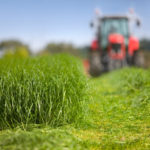
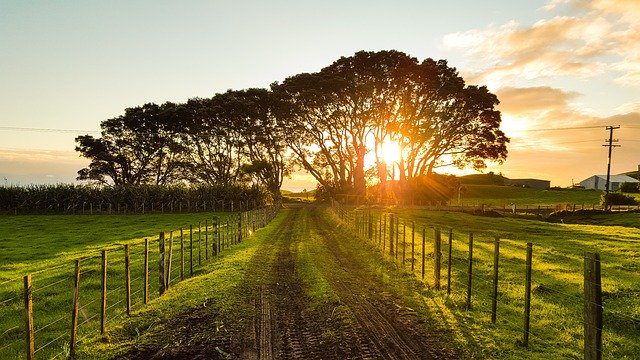
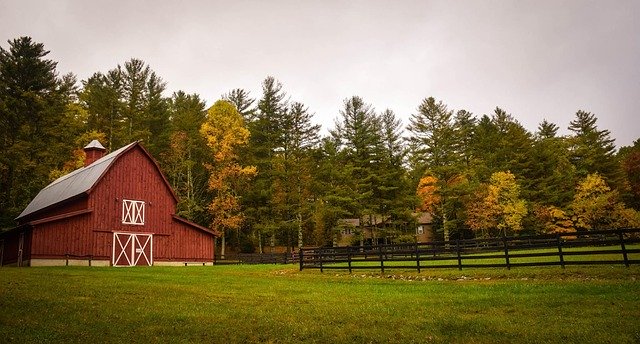
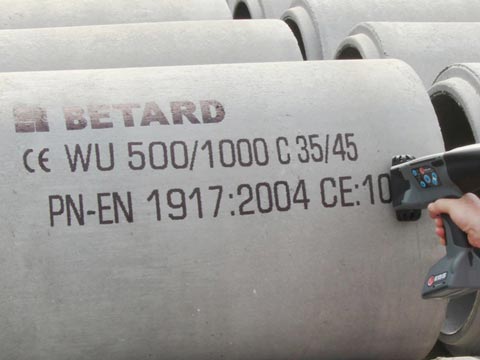
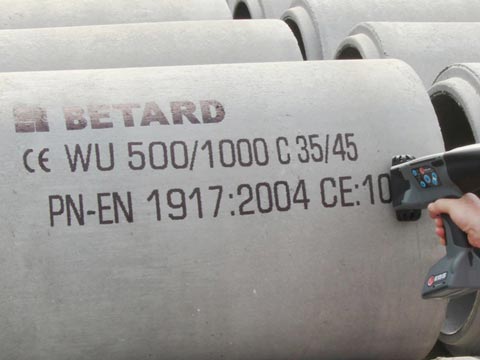
Sorry, the comment form is closed at this time.